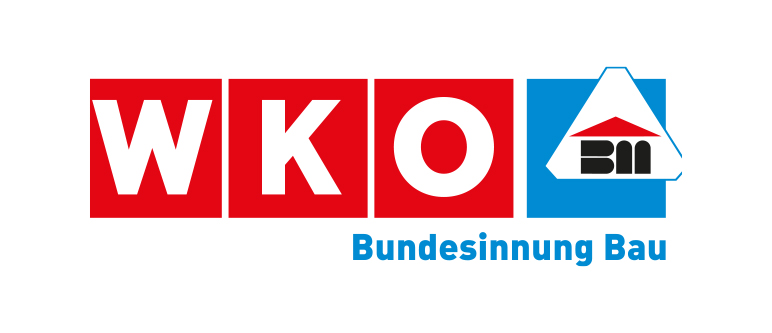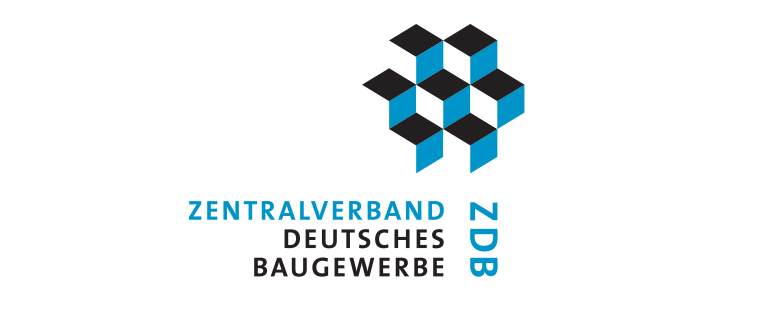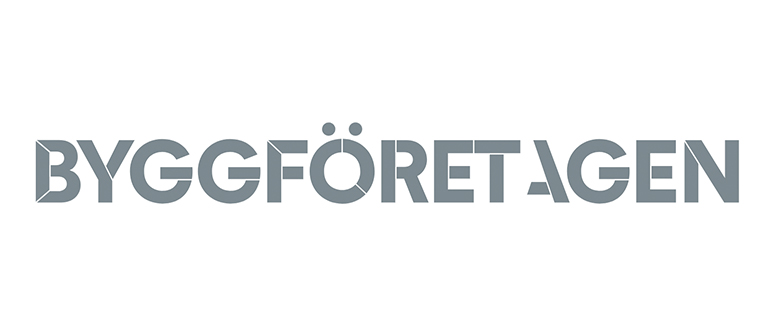Overall construction activity
The Spanish economy grew in 2021 in comparison to 2020, although at a lower rhythm than expected at the beginning of the year; particularly, the dynamism of the economy was slower than expected during the second half of the year. This can be mainly attributable to the impact that the pandemic still had, the rise in the rate of inflation, the delay in the implementation of the national Recovery and Resilience Plan and, with significant negative consequences in construction sector, the alarming increase in the prices of energy and materials for construction as well as the shortage of some them or important delays in their supply. These factors slowed down the construction activity.
Employment also grew in 2021 in comparison to 2020. This confirms a relevant feature of recent economic developments in our country, namely that the post-2020 employment recovery is proving to be faster and more robust than the GDP recovery. Regarding construction sector, estimates showed an increase in employment of 2.5%.
If forecasts for 2022 were difficult to point out because of the evolution of the prices of energy and materials and supply problems, after the invasion of Ukraine the scenario is even more extraordinary uncertain. It can be said that analysts are already revising down the national GDP growth estimates for this year, placing it below 5%.
The implementation of the national Recovery and Resilience Plan must lead to a reactivation of construction activity, since the construction sector has a key role due to building renovation objectives and investments in the field of sustainable mobility infrastructures (urban and long-distance infrastructures). However, the promising impact of NextGeneration funds could be diluted if Public Administrations do not adopt measures in time in order to minimise the impact of the increase of energy and materials prices in on-going contracts and future ones, both in building and civil engineering works.
Housebuilding
The number of “visados de dirección de obra” (permits) in 2021 stated at 108,000, a similar level as the one observed in 2019, so recovering from the fall registered in 2020.
Regarding the real estate market, in 2021 there was a significant rise in sales, being remarkable the rise in new housing sales, after the fall of transactions in 2020.
Forecasts for the medium term anticipate that the residential market still has significant potential demand, positively highlighting the trend seen in foreign demand. On the contrary, in relation to homes as an investment asset, indications seem to suggest a possible change in demand expectations in view of possible regulatory changes in the rental market.
With regard to the renovation segment, it is worth noting that the national Recovery and Resilience Plan is going to allocate around 10% of its budget to an ambitious renovation and urban regeneration plan, where residential renovation, linked to the improvement of energy efficiency, is the main field of action; the expected positive impact in sectoral activity was not really perceived in 2021 but should it be in 2022.
GDP 2021
BILLION
POPULATION 2021
Total investment in construction in 2021
BILLION
Non-residential construction
Recovery in this segment is also expected, based on the gradual recovery of business activity, especially in industry, transport and commercial services and offices. Leisure and tourism are gradually recovering too, a fact that should contribute to the reactivation of this segment. Public activity is expected to increase too. However, this initial analysis would need to be revised in the course of the year depending on the impact of energy and materials prices and the performance of the economy in general.
Civil engineering
In 2021 the volume of public tenders increased notably although still far from the desirable level. But the problem of price increases in materials and the lack of adequate price revision mechanisms in public contracts had a very negative impact on the development of construction activity and on companies. Forecasts may anticipate a substantial recovery in activity; in this case, as explained before, the impact of European funds will be important; nevertheless, it is crucial the adoption by the Government of adequate measures for price revision in public contracts, otherwise existing expectations would not be met.
| Per cent variation of investment in real terms on previous year | |||||||
| investment Mln. € fixed prices | |||||||
| Sectors | 2021a | 2018 | 2019 | 2020 | 2021a | 2022a | |
| 1. | Building | 88.082 | 7.6 | 6.1 | -9.8 | -6.9 | 5.4 |
| 1.1. Housebuilding | 54.782 | 13.1 | 6.7 | -11.2 | -4.8 | 5.4 | |
| 1.1.1. New | 41.950 | 13.1 | 6.7 | -11.2 | -4.8 | 5.4 | |
| 1.1.2. Renovation | 12.831 | 13.1 | 6.7 | -11.2 | -4.8 | 5.4 | |
| 1.2. Non residential (c) | 33.300 | -0.1 | 5.1 | -7.6 | -10.2 | 5.4 | |
| 1.2.1. Private | 26.924 | -2.9 | 3.1 | -4.7 | -17.9 | 5.4 | |
| 1.2.2. Public | 6.377 | 24.2 | 18.8 | -25.0 | 47.4 | 5.4 | |
| 2. | Civil Engineering | 12.757 | 31.2 | -3.6 | -28.5 | 78.1 | 5.4 |
| (1 + 2) | Total Construction | 100.839 | 9.5 | 5.2 | -11.5 | -0.9 | 5.4 |
| a: estimate - b: forecast - c: incl. R&M | |||||||
| Number of building permits in residential construction | |||||||
| 2018 | 2019 | 2020 | 2021a | 2022b | |||
| single dwelling | 21.254 | 21.982 | 20.314 | 26.728 | 29.214 | ||
| collective dwelling | 79.453 | 84.223 | 65.191 | 81.372 | 88.940 | ||
| other types of dwelling | 26 | 61 | 30 | 107 | 117 | ||
| Total | 100.733 | 106.266 | 85.535 | 108.207 | 99.194 | ||
| (Collective dwellings and other types of buildings: in number of flats) | |||||||


































